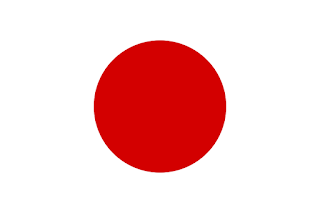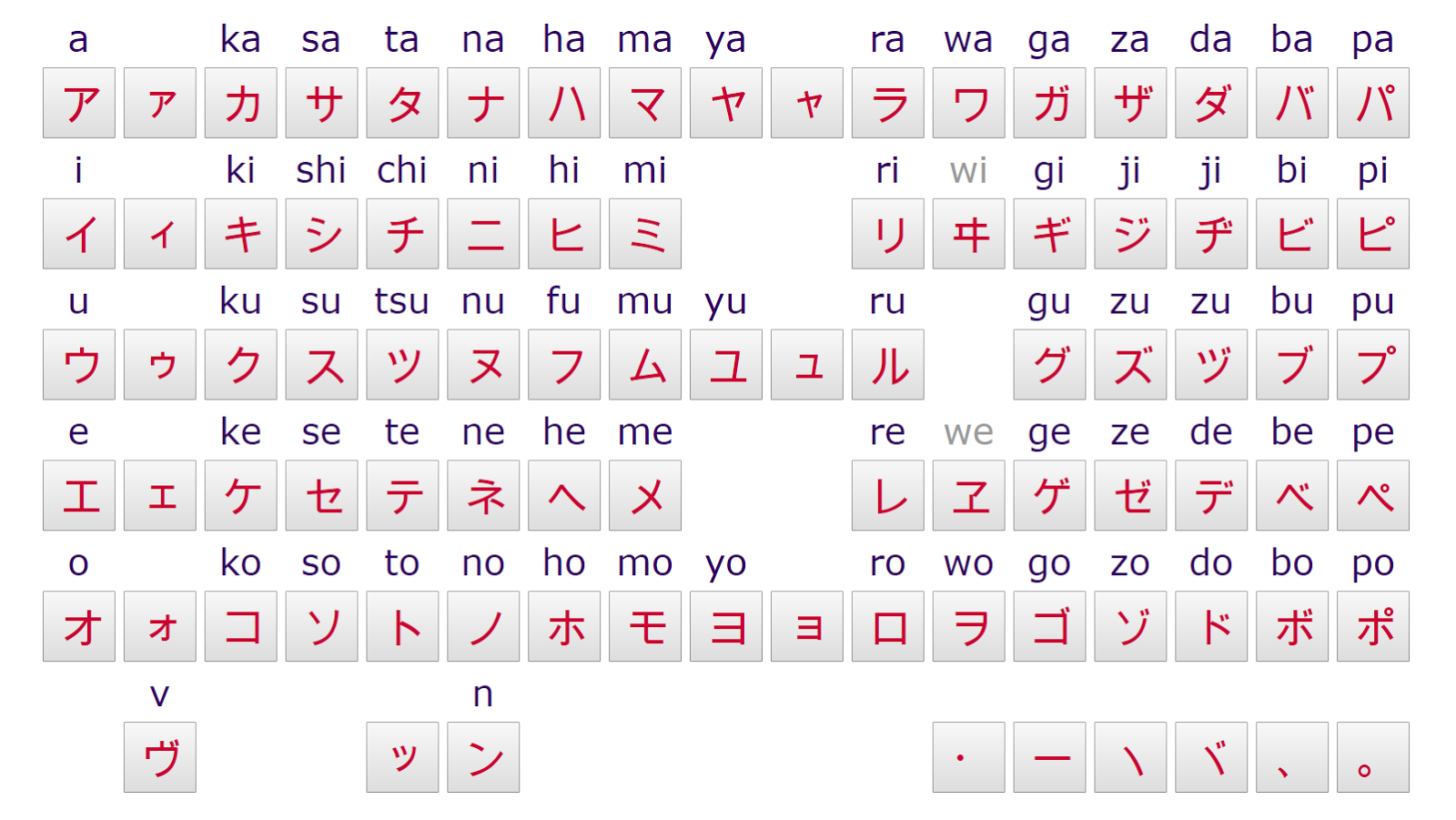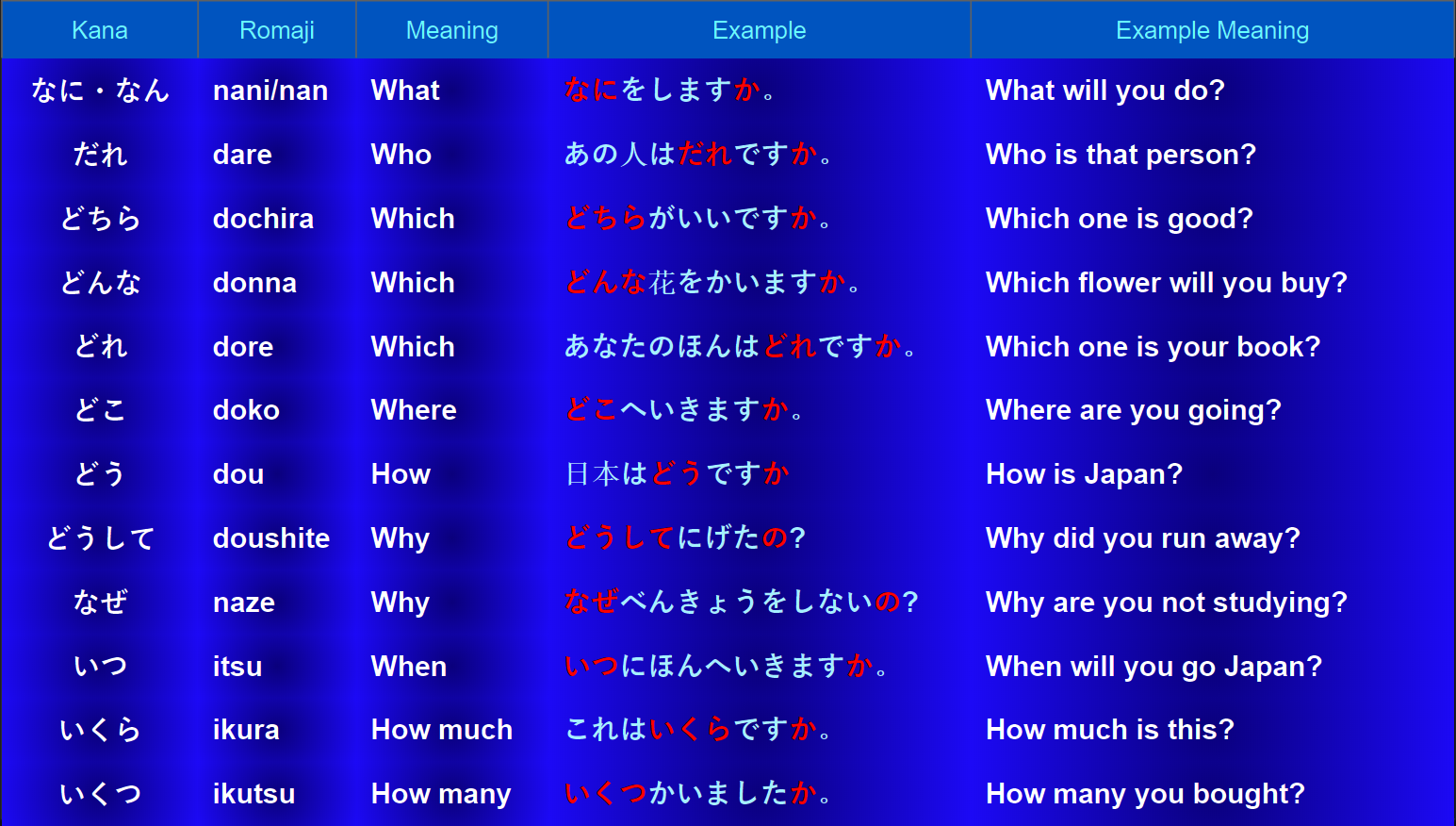JLPT N5 - Lesson 16 - Grammar: Verb Part 04
Verb Negative Form
Today we will discuss how the verbs in Japanese changes to negative form. To make a verb negative -
Firstly, for plain form, we need to add ない at the end of the verb, and for polite form, we need to change the ます to ません.
Secondly, the stem of the verb need to be changed to match the ない form.
In the picture you may have noticed there are 3 patterns
1. たべる - when we make it negative the 'る' part of the verb disappeared, and ない added with the stem たべ. So, たべ + ない = たべない is the negative form of verb 'たべる'. Same conjugation happened to verb みる.
2. する - す changes to し, the 'る' part disappeared and the ない form added with it. し + ない = しない. くる - く became 'こ' and 'る' disappeared. こ + ない = こない is the negative form.
3. うる - stem う remains same but る part changed to ら. うら + ない = うらない. Same way のむ - stem の remains same, む part changed to ま. のま + ない = のまない. Actually the last sound of the verb うる [UR U] is U and のむ [NOM U] is also U and this U sounds become A sound when ない form added.
The verbs in first pattern is called る verb
For example たべる, みる
In second pattern the verbs are called irregular verbs
For example - くる, する (there are only a few irregular verbs used in Japanese).
The verbs in 3rd pattern is called う verb.
Most of the verbs fall under this category. Following picture shows the remaining verbs (that we have learnt in our previous two verb lessons) in 'present tense plain negative form' and 'present tense polite negative form'.
- Lesson 1: Why Japanese Language
- Lesson 2: JLPT N5 Introduction
- Lesson 3: Hiragana Part 1
- Lesson 4: Hiragana Part 2
- Lesson 5: Katakana Part 1
- Lesson 6: Katakana Part 2
- Lesson 7: Kanji Part 1
- Lesson 8: Japanese Everyday Greetings
- Lesson 9: Japanese Particles Introduction
- Lesson 10: Grammar Time
- Lesson 11: Verb Basic
- Lesson 12: Vocabulary - Family Members
- Lesson 13 - Grammar - Verb: Part 2
- Lesson 14 - Kanji - Part 2
- Lesson 15 - Verb: Part 03












Comments
Post a Comment